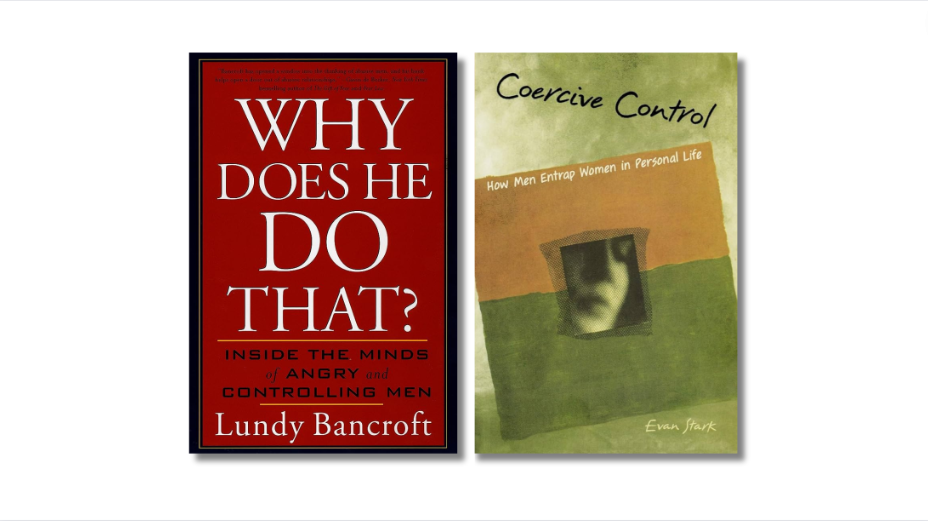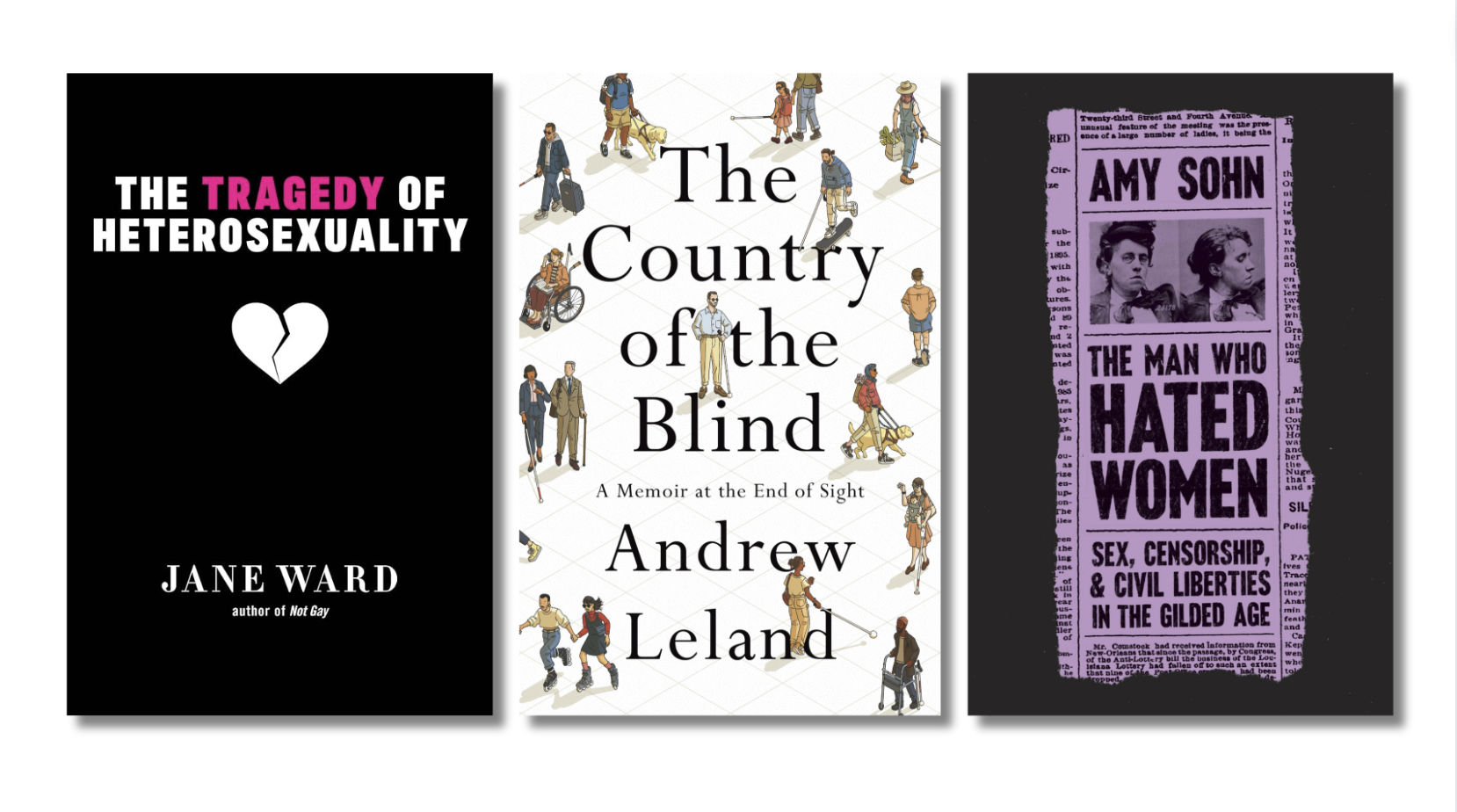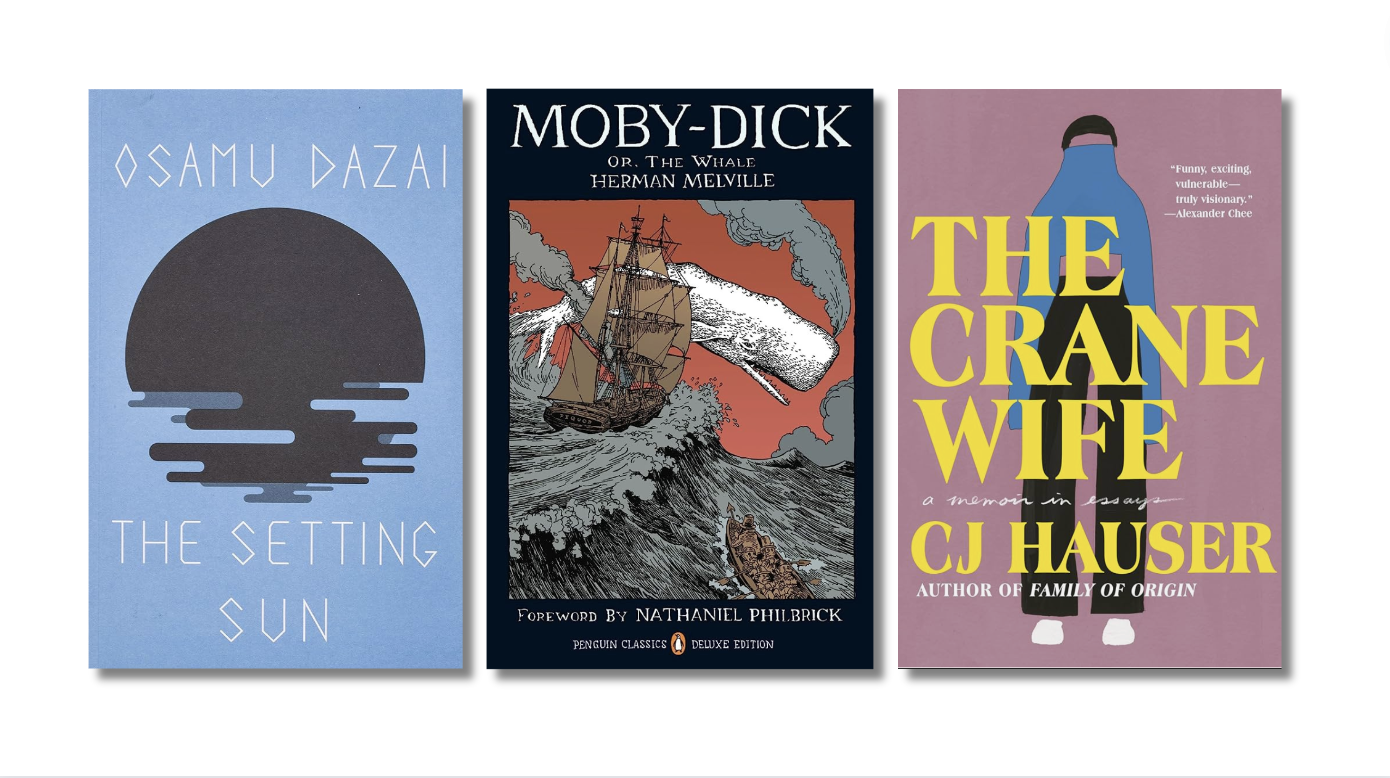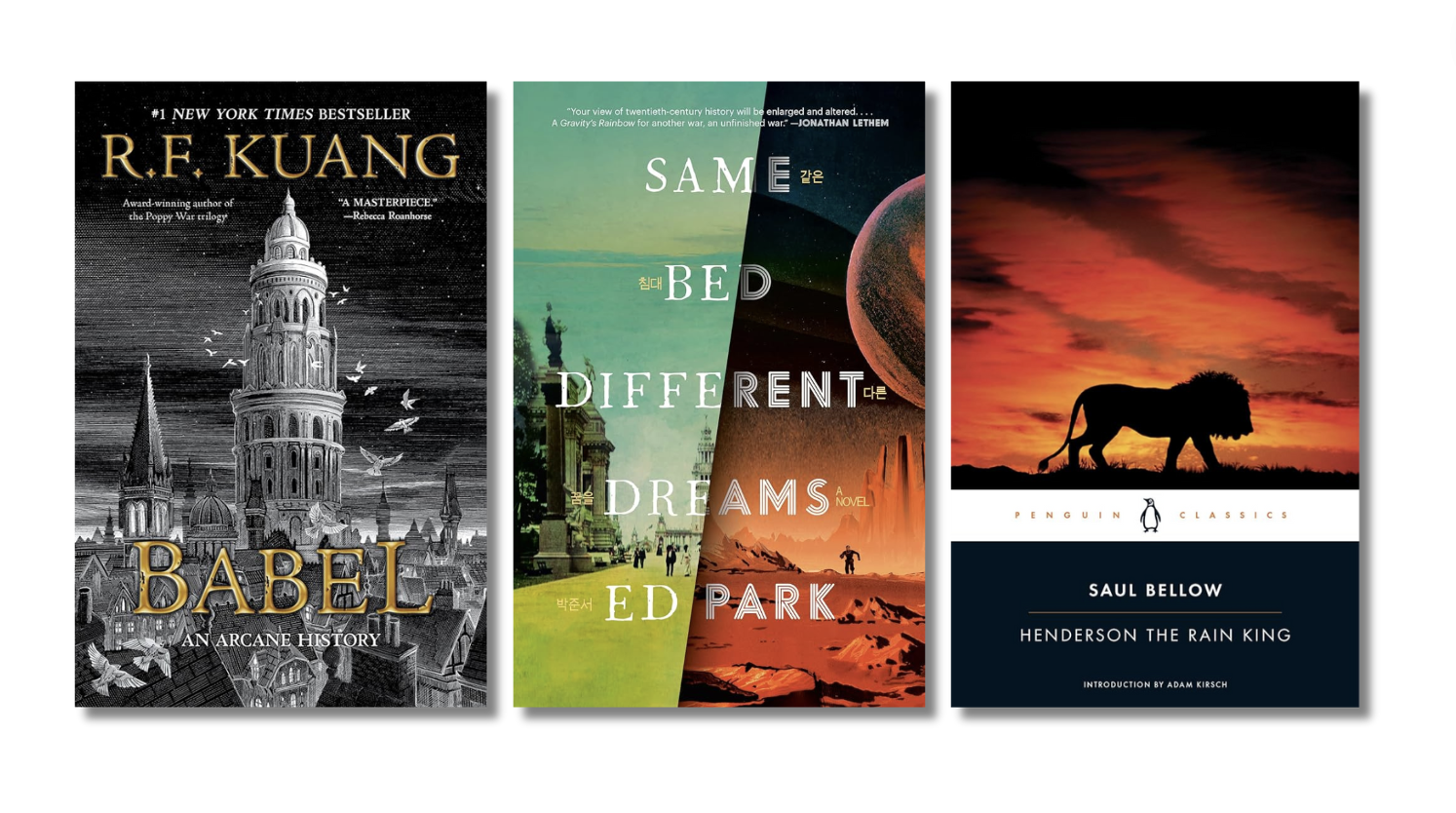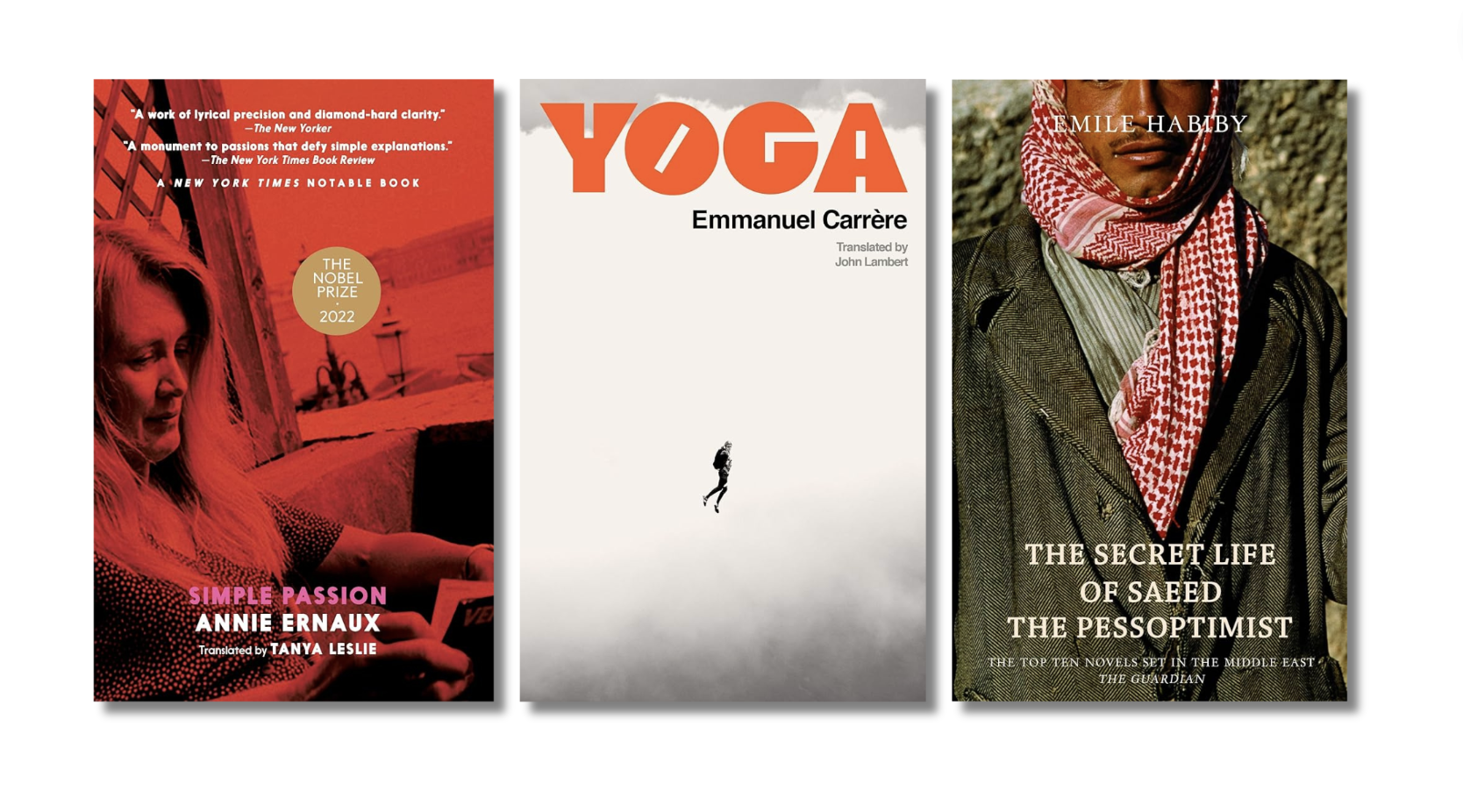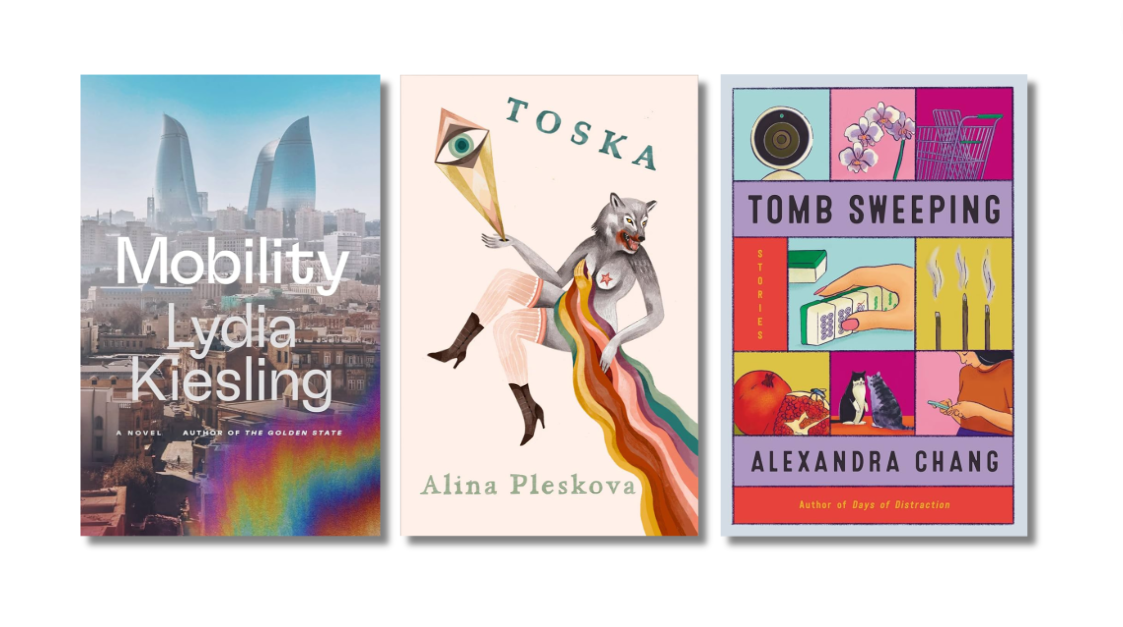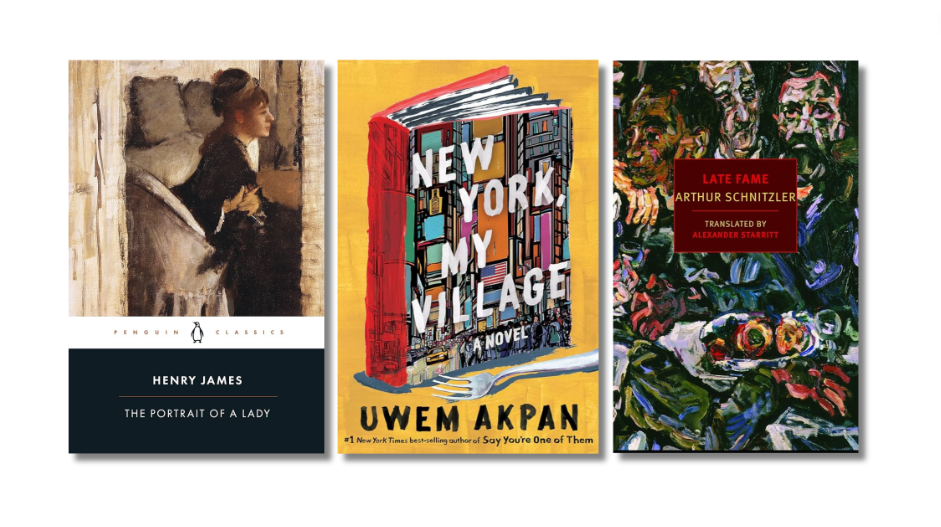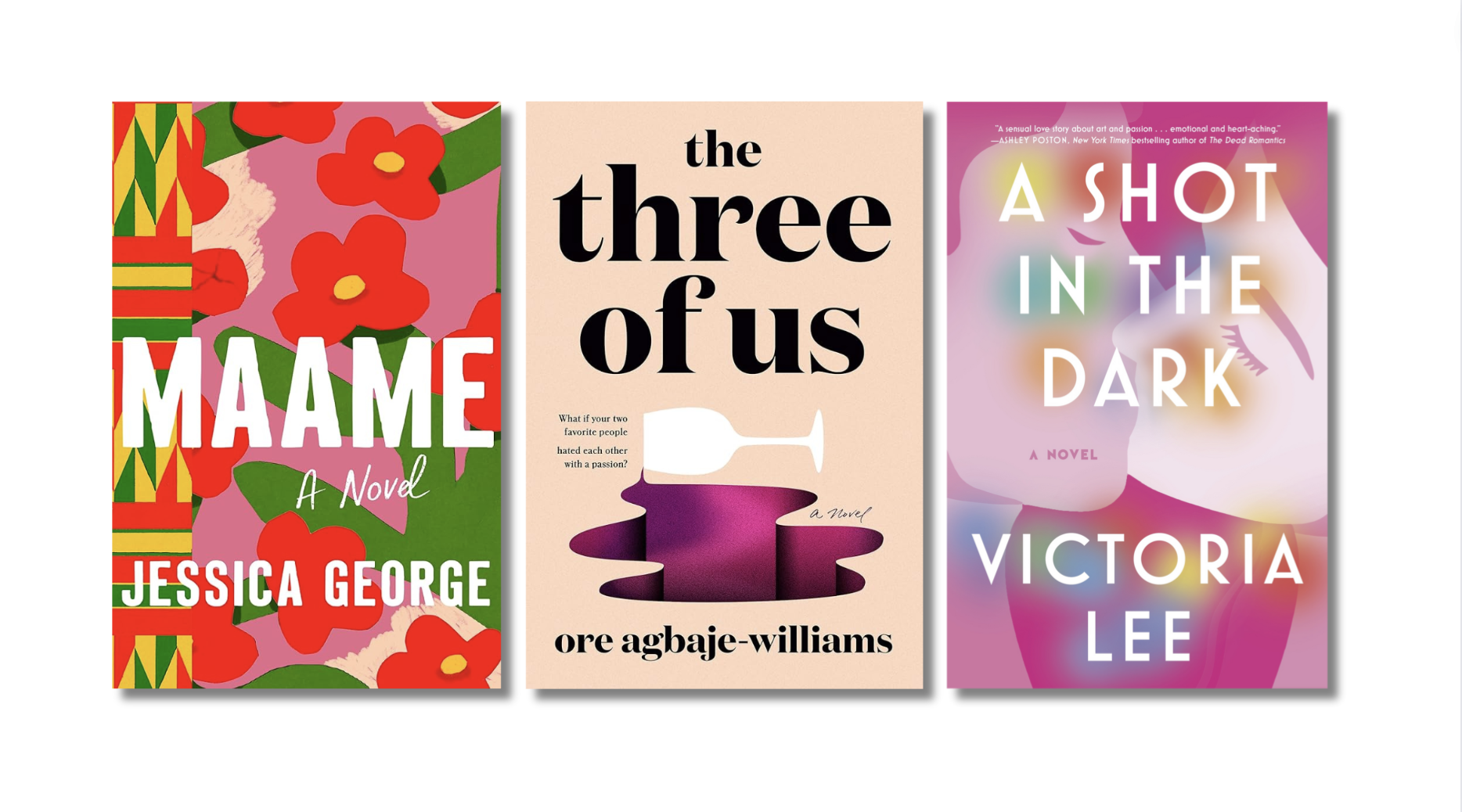A few years ago, Portland author Monica Drake invited me to participate in a female writers panel. I accepted her invitation, and the subject that we convened to discuss was one I wish I had no intimacy with: the disruptive effect of misogynist violence on the work of female writers.
I appreciate how Monica introduced this subject to our audience. She stood at the podium, explaining that when writers are promoting new books, we’re often asked to share what we’re currently reading. Monica confessed that women writers sometimes tell white lies about the supposed books on our nightstands. We might profess to be reading novels, poetry collections, essays, and history tomes while remaining silent as to the titles we’re nose deep in. Monica then hoisted a stack of books onto the podium, some of them self-help books, and said that these are what many female writers would rather not admit to devouring. It was a relief to see this stack hauled out into the proverbial daylight. I had read most of the books but discussed them with no one. I’m grateful to Monica for curating a space where these titles were no longer taboo.
When I was invited to reflect on books I’ve read this year, I remembered Monica’s event. And so, instead of going through the usual ritual of listing books I (may not have) read in 2023, I’ll discuss two books that helped save my life when I was a writer quietly surviving her own personal hell. I lived with a man I feared would kill me.
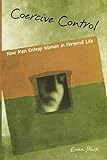 I had countless grotesque “a-ha” moments when I read Coercive Control: How Men Entrap Women in Personal Life. Written by forensic sociologist Evan Stark, Coercive Control provided me with a much-needed lexicon. Stark defines coercive control as “an ongoing pattern of domination by which male abusive partners primarily interweave repeated physical and sexual violence with intimidation, sexual degradation, isolation and control.” He also argues that coercive control is the most popular form of gender-based violence on the planet. Before reading Stark’s book, I struggled to name what my batterer was doing to me. After reading it, I was able to acknowledge that I was a battered woman whose liberty had been stolen by an opportunistic asshole. (I know that some people vehemently dislike the term battered woman but here’s the thing: it gets to the point.)
I had countless grotesque “a-ha” moments when I read Coercive Control: How Men Entrap Women in Personal Life. Written by forensic sociologist Evan Stark, Coercive Control provided me with a much-needed lexicon. Stark defines coercive control as “an ongoing pattern of domination by which male abusive partners primarily interweave repeated physical and sexual violence with intimidation, sexual degradation, isolation and control.” He also argues that coercive control is the most popular form of gender-based violence on the planet. Before reading Stark’s book, I struggled to name what my batterer was doing to me. After reading it, I was able to acknowledge that I was a battered woman whose liberty had been stolen by an opportunistic asshole. (I know that some people vehemently dislike the term battered woman but here’s the thing: it gets to the point.)
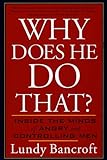 Another crucial book was Lundy Bancroft’s Why Does He Do That: Inside the Minds of Angry and Controlling Men, the world’s bestselling book on domestic violence. Bancroft once facilitated batterer intervention programs and developed his expertise through his work with perpetrators. Though his book’s title might seem corny, it’s not. Sowing confusion is a skill that batterers hone, and victims spend a great deal of time, often years, treating the batterer as a puzzle to be solved. Bancroft stresses that there’s no great mystery to the phenomenon of woman battering. By controlling women, batterers enrich themselves. They steal our money, time, and labor. Now that I’m free, I’m able to devote my time and labor to writing books that I hope help set others free.
Another crucial book was Lundy Bancroft’s Why Does He Do That: Inside the Minds of Angry and Controlling Men, the world’s bestselling book on domestic violence. Bancroft once facilitated batterer intervention programs and developed his expertise through his work with perpetrators. Though his book’s title might seem corny, it’s not. Sowing confusion is a skill that batterers hone, and victims spend a great deal of time, often years, treating the batterer as a puzzle to be solved. Bancroft stresses that there’s no great mystery to the phenomenon of woman battering. By controlling women, batterers enrich themselves. They steal our money, time, and labor. Now that I’m free, I’m able to devote my time and labor to writing books that I hope help set others free.
More from A Year in Reading 2023
A Year in Reading Archives: 2022, 2021, 2020, 2019, 2018, 2017, 2016, 2015, 2014, 2013, 2012, 2011, 2010, 2009, 2008, 2007, 2006, 2005
